- kunkichiramuseumwayanad@gmail.com
- Kunhome, Thondernad, Wayanad
Ethnic Food
Honey
Honey plays a vital role in sustaining the health and longevity of tribal groups in the region. "Thenkurumar", a subgroup of the Kattunaykkar tribal community, possess a unique skill for quickly locating honey hives on tree branches. In their diet, farmers incorporate millets as a staple, obtained through the practice of punamkrishi. They roast and grind these millets into a powder, mixing it with honey for consumption. The tribal communities collect various types of honey, including Vanthen, Cheruthen, Karinthen and Puttuthen, as part of their dietary and medicinal practices.

Kattunaykkar Collecting Honey
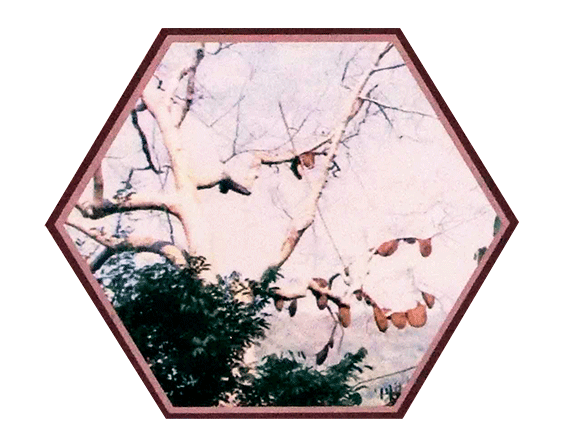
Honey Combs in Bombax Tree
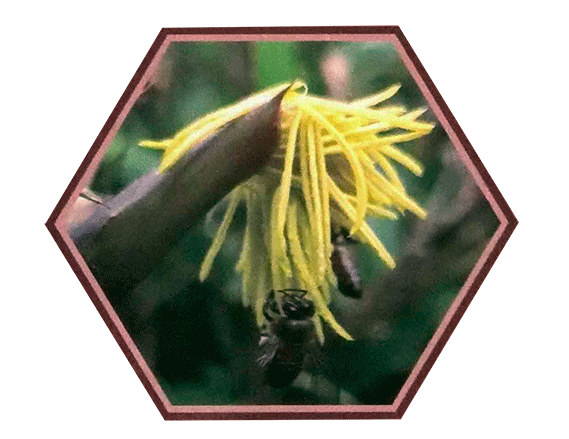
Honey Bee Collecting the Honey
from the Flowers of Reed.
from the Flowers of Reed.
Leaves

The Twines of Wild Tubers
Among the tribes of Wayanad, wild tubers hold significant importance as a staple food source, particularly during the periods of low yield, seasonal scarcity, or acute food shortage. People rely on a diverse range of tubers, including deep-rooted ones found in dense forests, those high in water content and low in fiber, thorny sweet potatoes, tubers that cling to rocky soil, solitary tubers without fiber, yams, and sorghums, to sustain themselves.
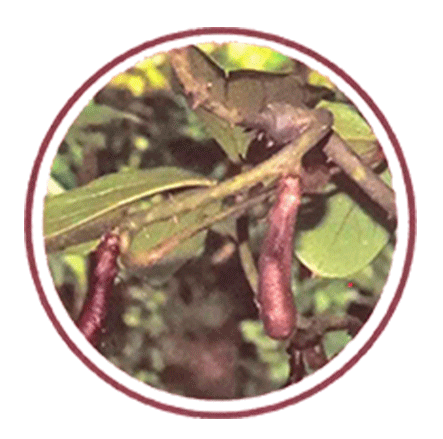
Dioscorea Pentaphylla

D.bulbifera
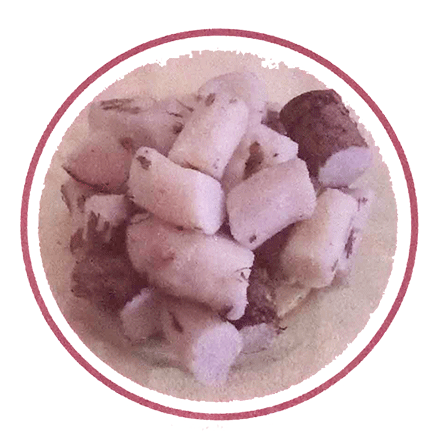
Dish Prepared from
D. belophylla
D. belophylla
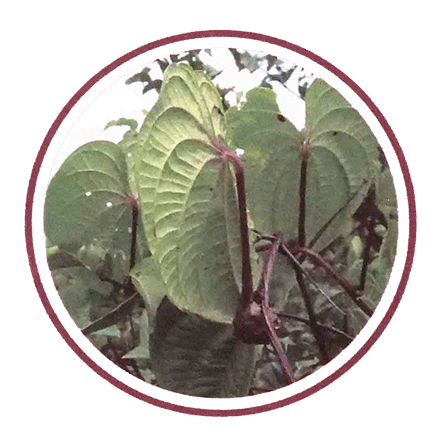
Leaf of D.bulbifera
Fruits
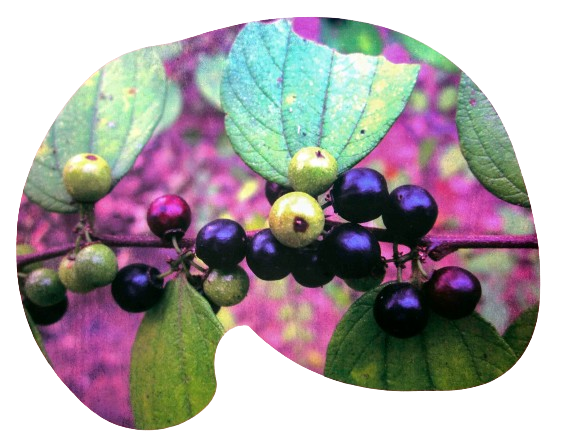
Fruits of Wild Jujuba
The practice of gathering fruits and nuts from the wild is nearly universal among tribal communities. Tribal groups possess extensive knowledge about the fruits that thrive in various climates, the specific locations within the forest where they can be found, and the degree of ripeness of these fruits. This knowledge is a result of their close connection and constant interactions with the forest.
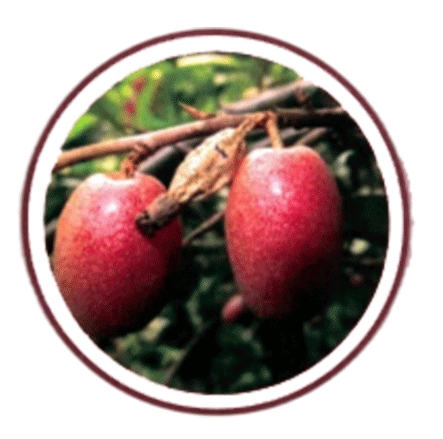
Kolaga Fruit

Salacia Fruit

Wild Jamun
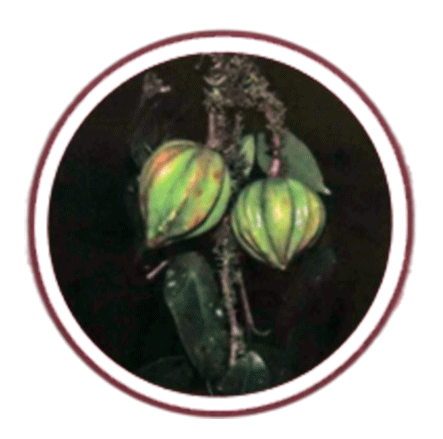
Wild Kokum
Leaves

Women Collecting Edible Leaves
Many varieties of leaves thrive along the banks of streams, rivers, and fields, serving as a significant source of good health for tribal communities. These leaves are often easy to prepare, have a mild taste, and are quite delicious, making them a valuable and nutritious component of their diet.
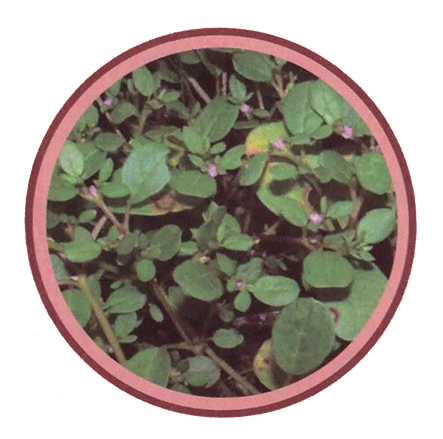
Hogweed
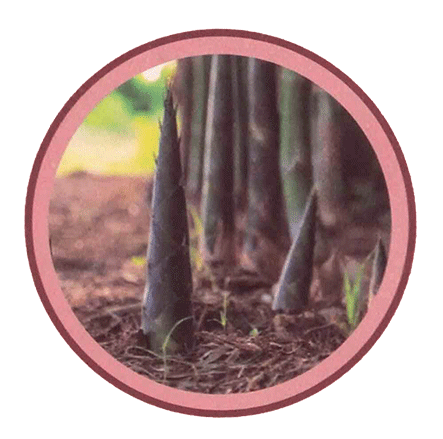
Bamboo Shoots
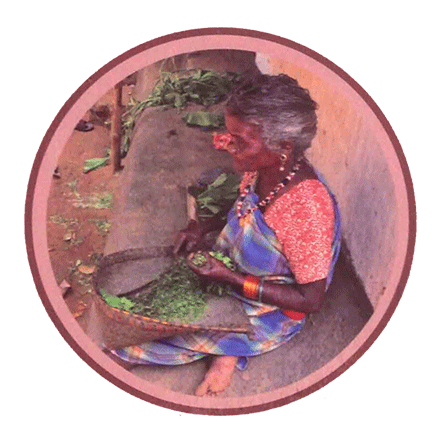
Preparing Leaves for Curry
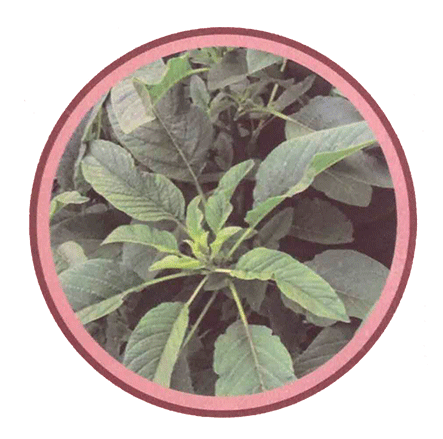
Amaranthus Leaves
Bamboo Rice
Bamboo rice is an exceptionally rare and unique type of rice. The bamboo plant undergoes a single blooming event in its lifetime, and once the rice paddies within the bamboo cluster flower, the bamboo plant dies. During this flowering and rice formation phase, the rice is gathered after cleaning the area surrounding each bamboo cluster and then carefully cleaning it. Bamboo rice is typically used to prepare dishes such as porridge and puttu, a South Indian dish. To store the rice, it is often kept in the fruit coats of bottle gourds or bamboo baskets.
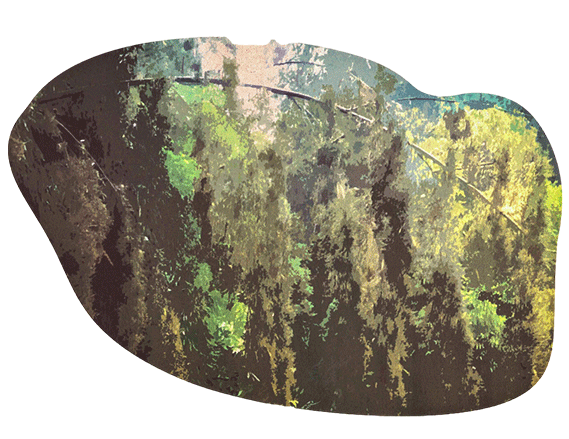
Flowering Twigs of Bamboos
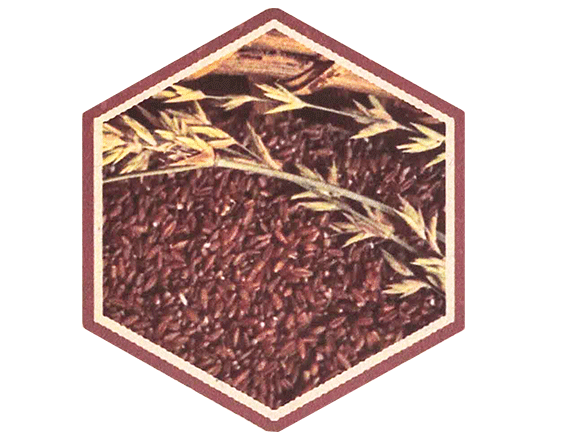
Bamboo Rice

Collecting Bamboo Rice
Pulses
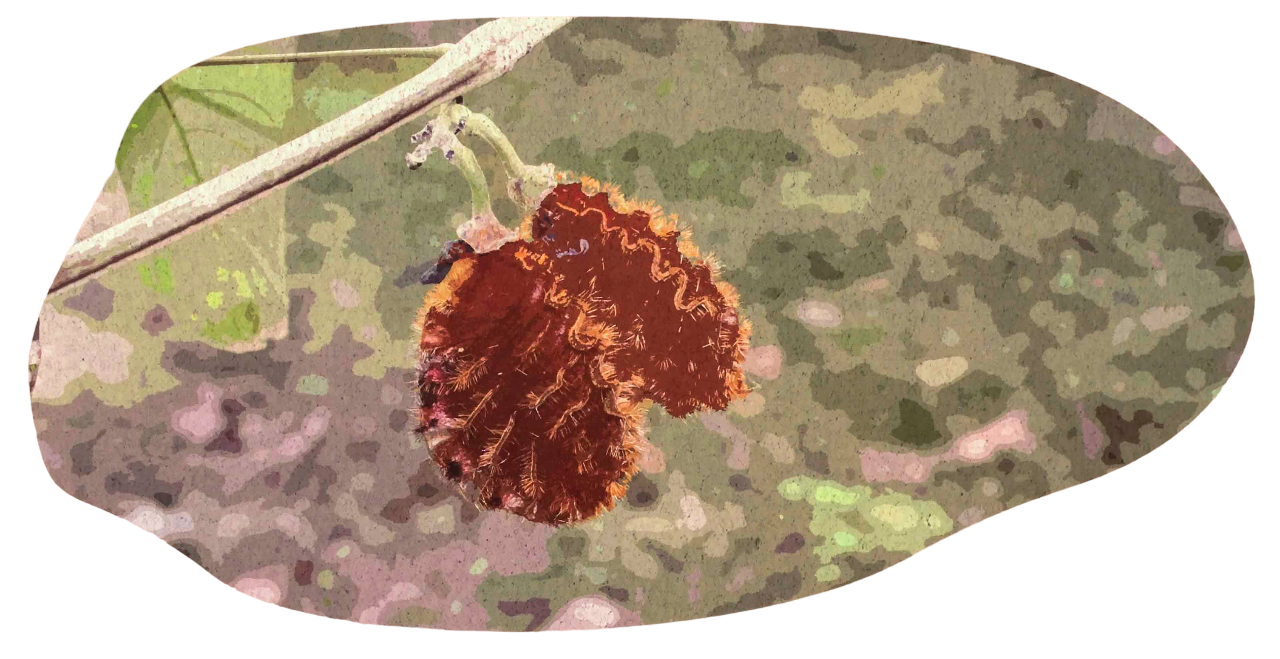
Pods of Naikkorana
Tribal diets often incorporate a variety of pulses with medicinal properties. Some of these include Tuvara, Amara, Kadankodi Payar, Parandakai, Valanga, and more. Additionally, they also consume tubers from certain types of peas, further diversifying their nutritional intake.
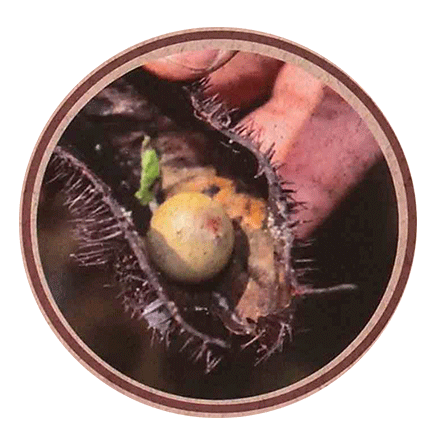
Nicker Bean

Parandakai
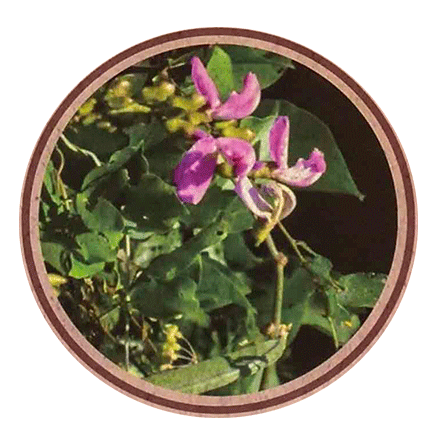
Amarappayar
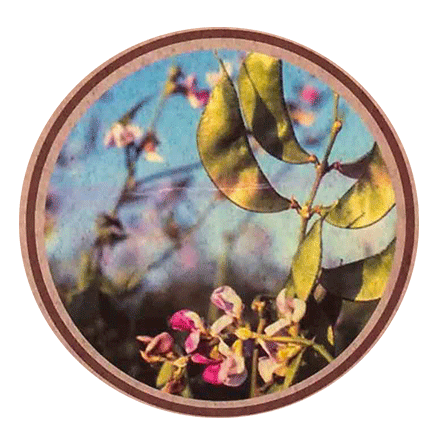
Amarappayar
Cereals and Millets
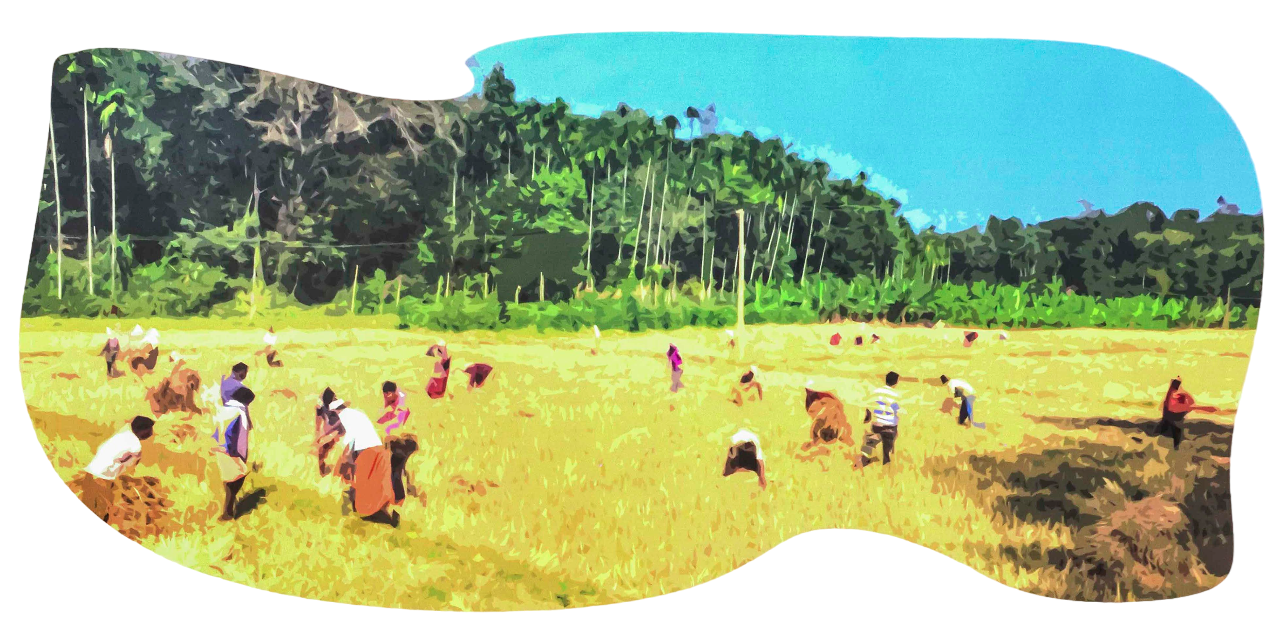
Harvesting
The main grains consumed by Wayanad tribes include cultivated rice, maize, millet, and ragi. Ragi, also known as Muthari and Panjapull among the tribes, is ground into a paste and used to make dishes like dosa and roti on a traditional stone called a muttari stone. Mutharippitt is an ethnic food staple among the Kurichyar tribe.

Ragi

Mutharippittu
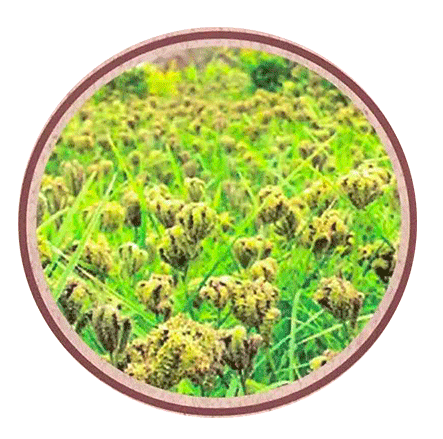
Finger Millets

Crushing Millets
Palm Powder and Cycas Seed Powder
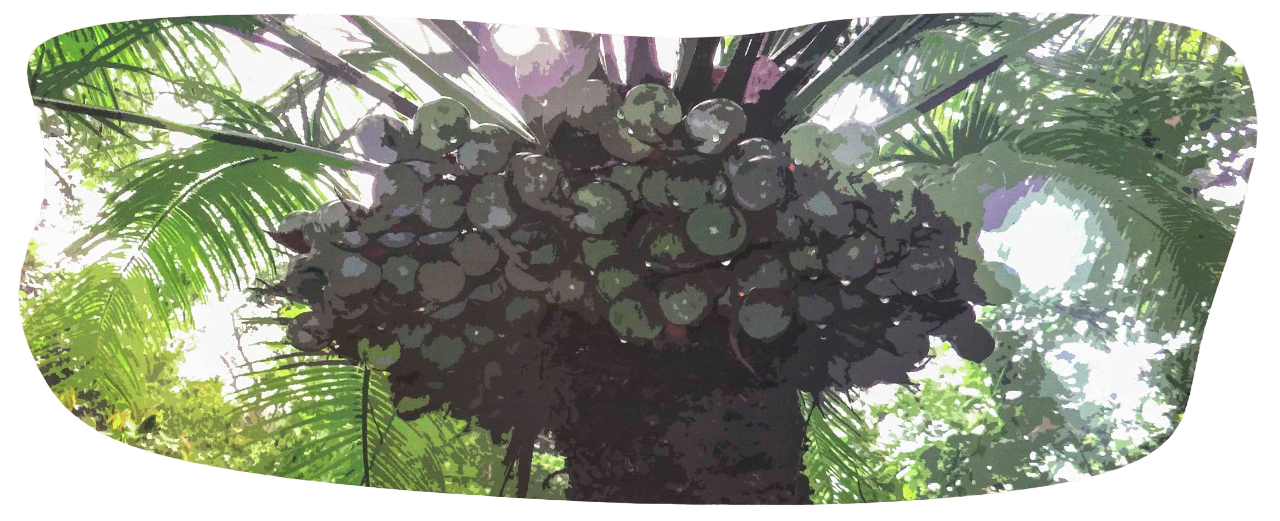
Sago Tree
Palm powder is produced by locating mature palm trees in the forest, cutting them down, removing the bark, and then crushing the inner core. This crushed core is mixed with water, the mixture is filtered, and the resulting liquid is dried to obtain the powder. Palm seed powder is utilized in the preparation of dishes like puttu and kuruk. Among the Mullukurumar community, an ethnic food known as Panamputtu is made using palm seed powder. Additionally, the seeds from the Cycas palm are also edible, and they serve as a food item preserved for periods of seasonal scarcity.
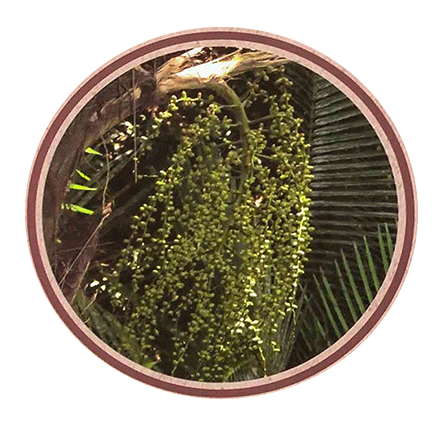
Kana Thengu
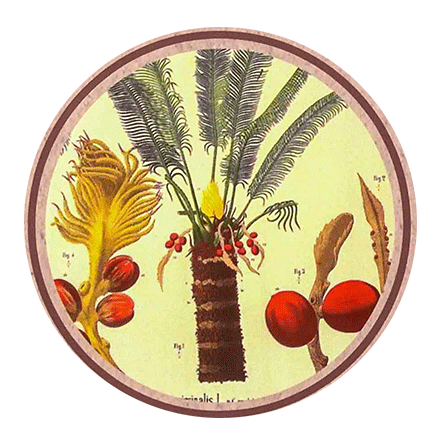
Cycas Seeds
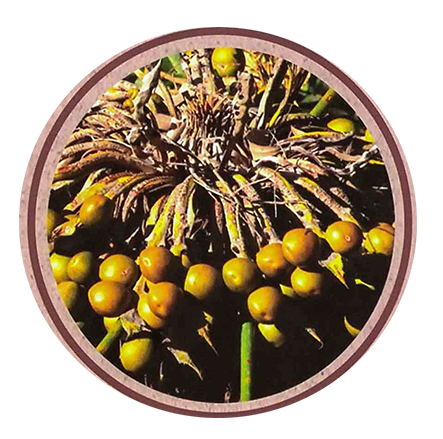
Cycas Seeds
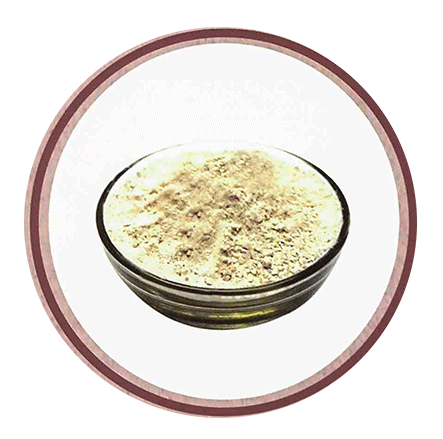
Flour from the Cycas Wood
Animals

Fishing
The consumption of animals as a food source has long been an integral aspect of tribal communities. They have traditionally used bows and arrows for hunting birds, squirrels, small animals, and fishes. One particularly significant hunting event among tribes like the Kurichyars and Mullukurmars was the practice on Thulaam Pathu, which occurs on the 10th day of the Malayalam month Thulam. Additionally, fish is also part of their diet, often eaten after being dried, by the Bettakururumar tribe.
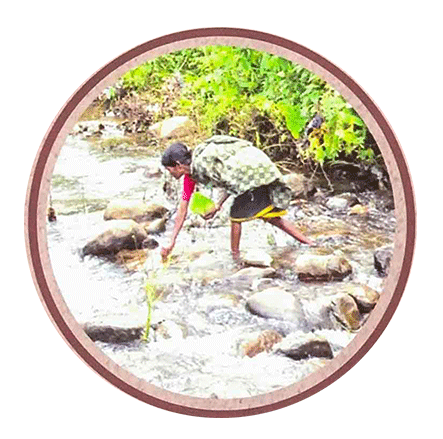
Fishing
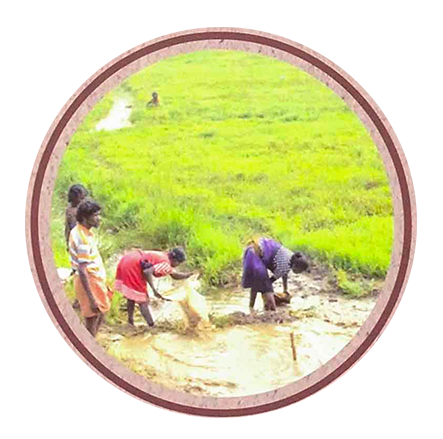
Fishing by Trap Mechanism
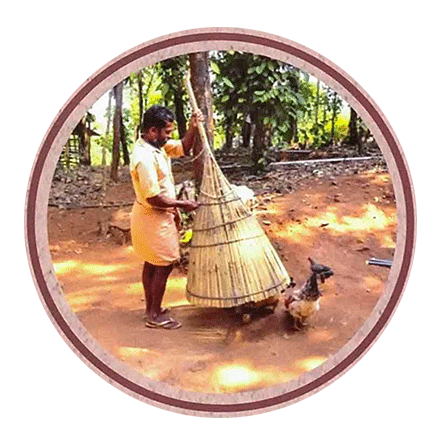
Fish trap

Fish Fry
